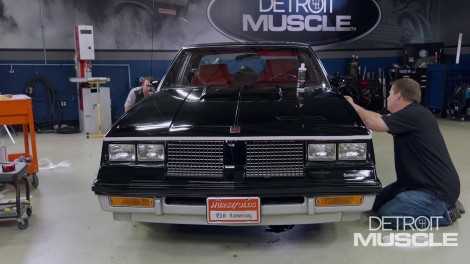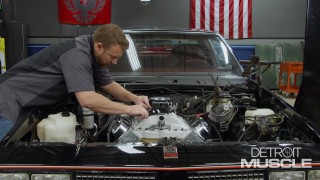
Retro Hurst Olds Exterior Gets Restored Back To Its Showroom Finish - Part 2
We restore a '83 Hurst Olds retro rocket’s finish to a showroom shine and update the exterior with decals that put the icing on the cake.
Season 9
Episode 12


















































